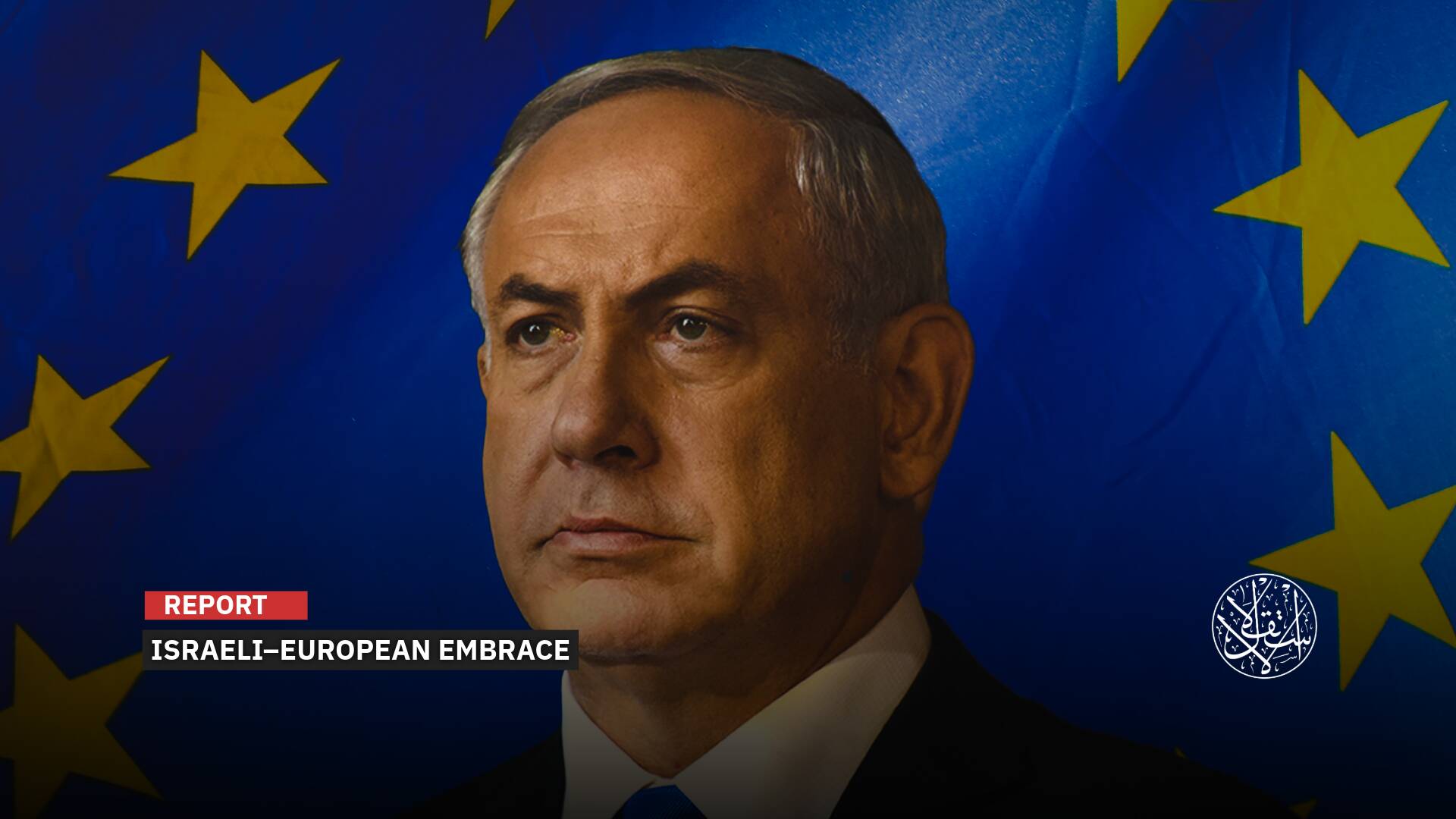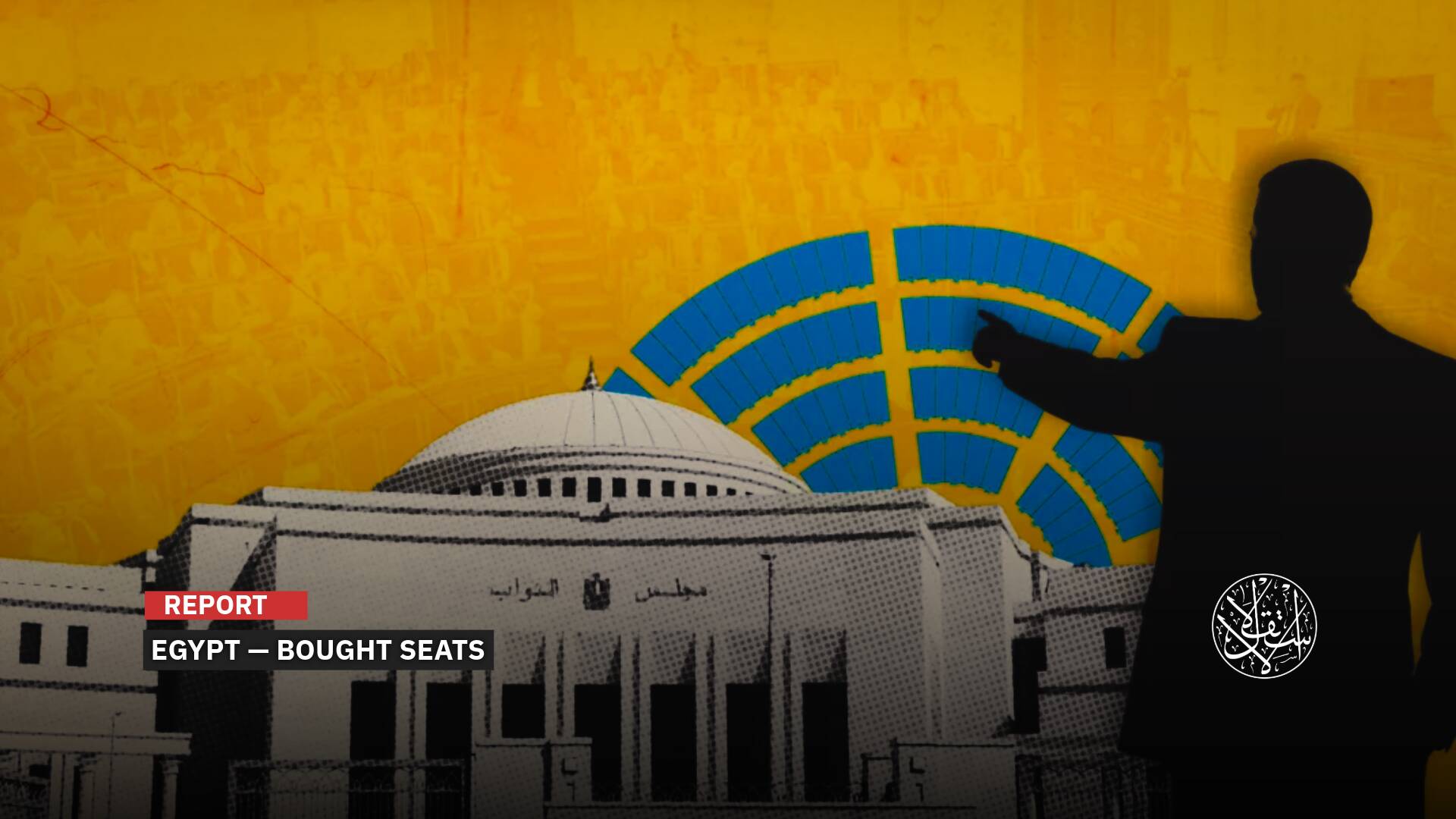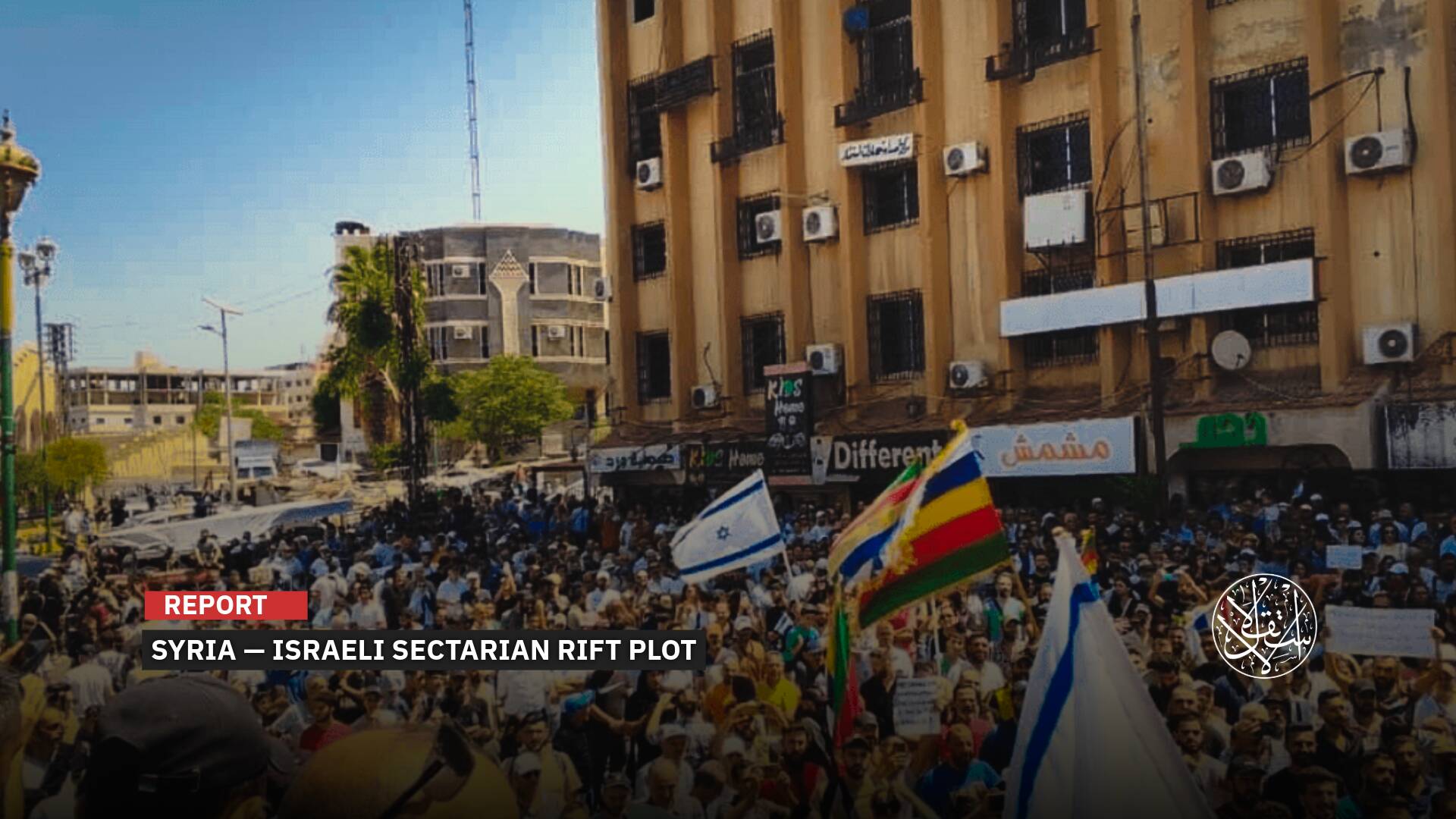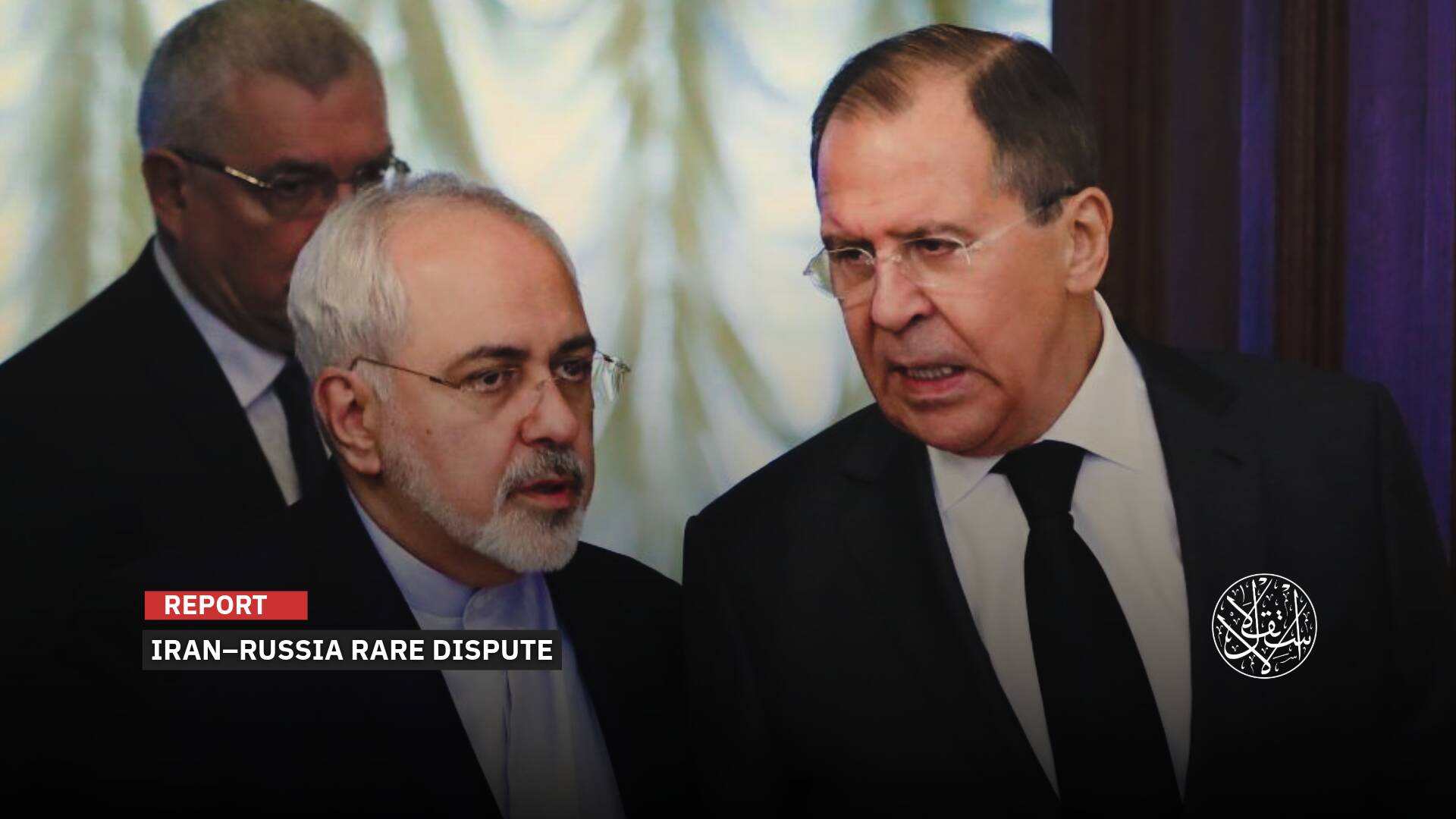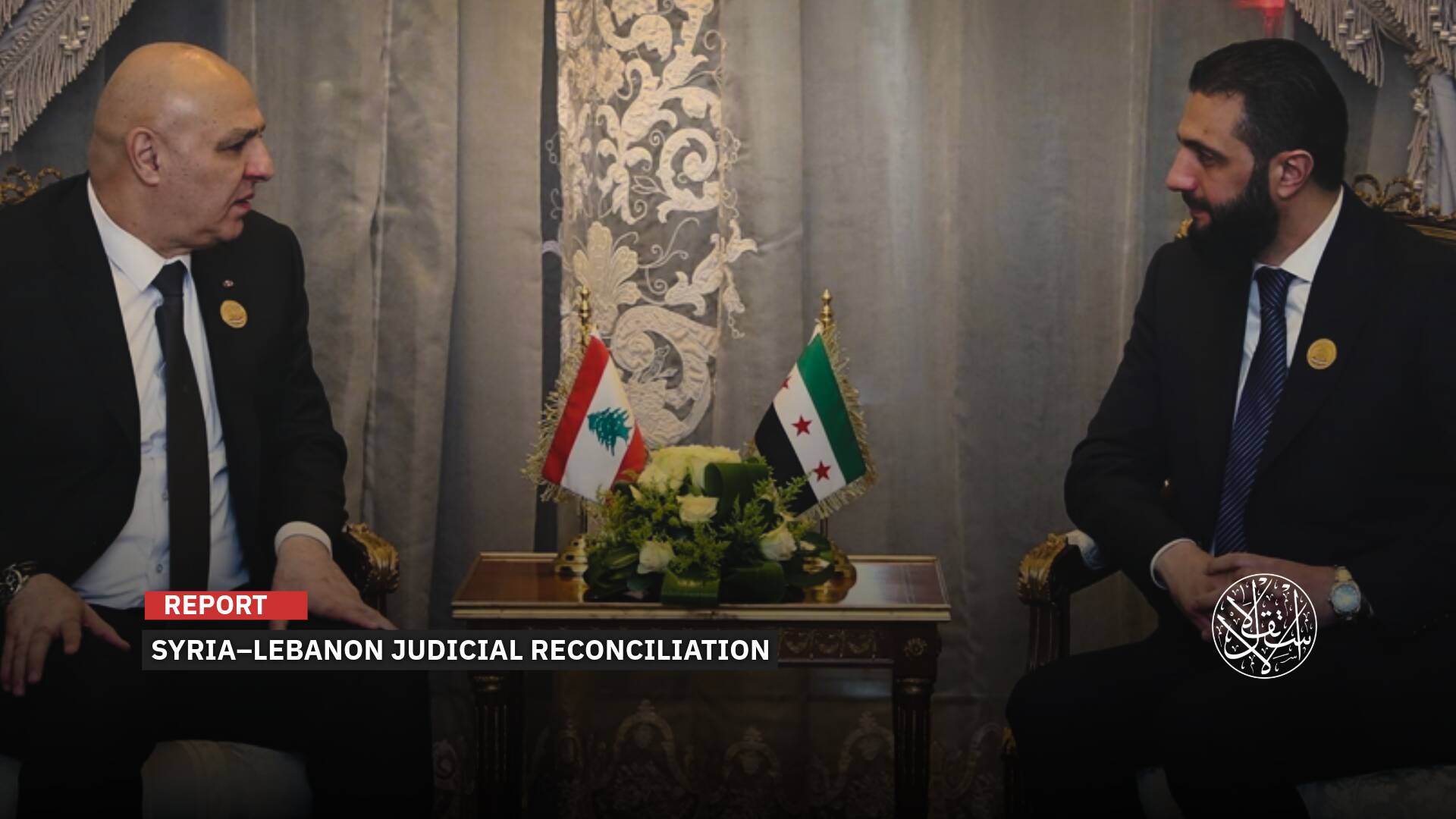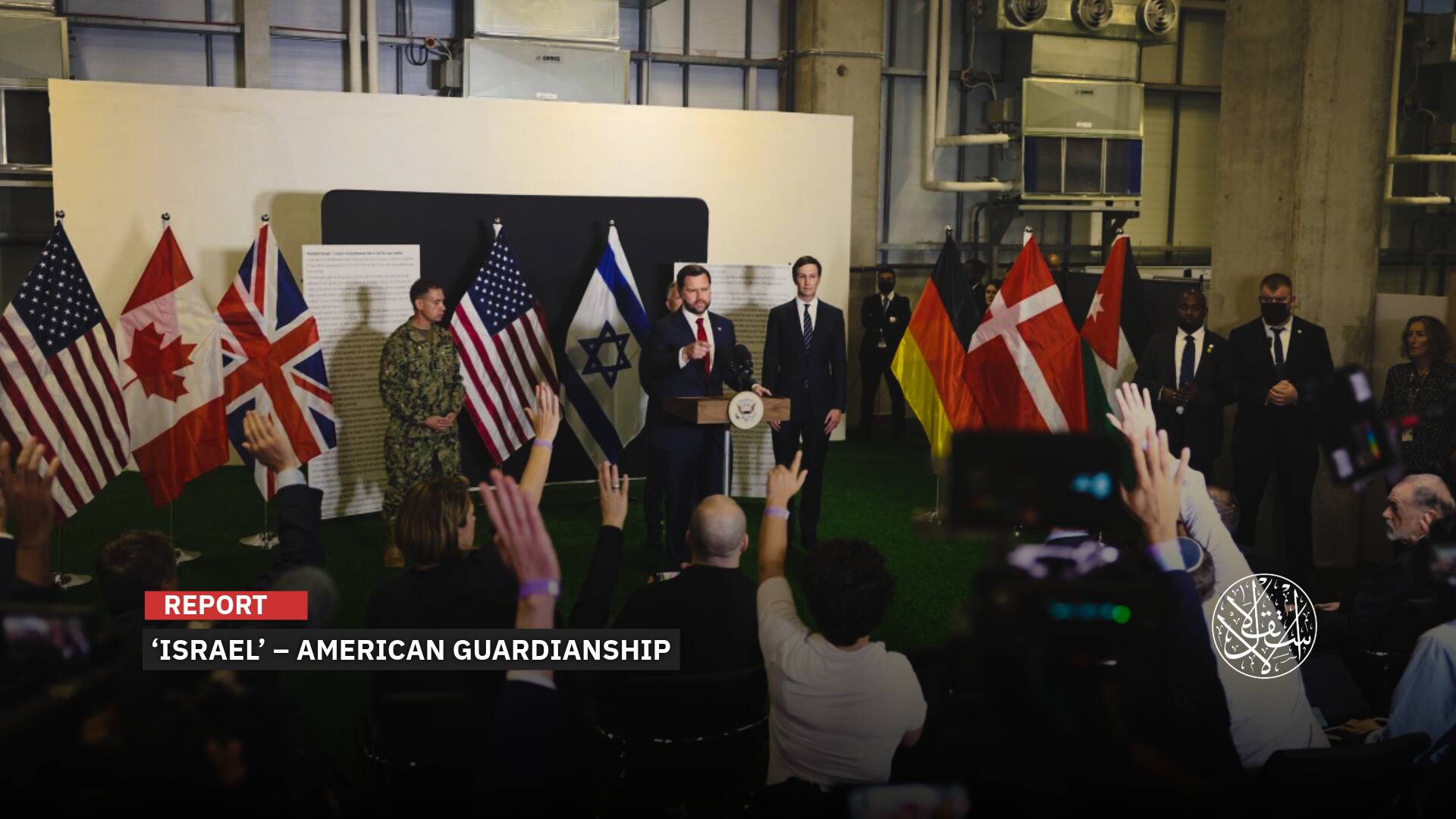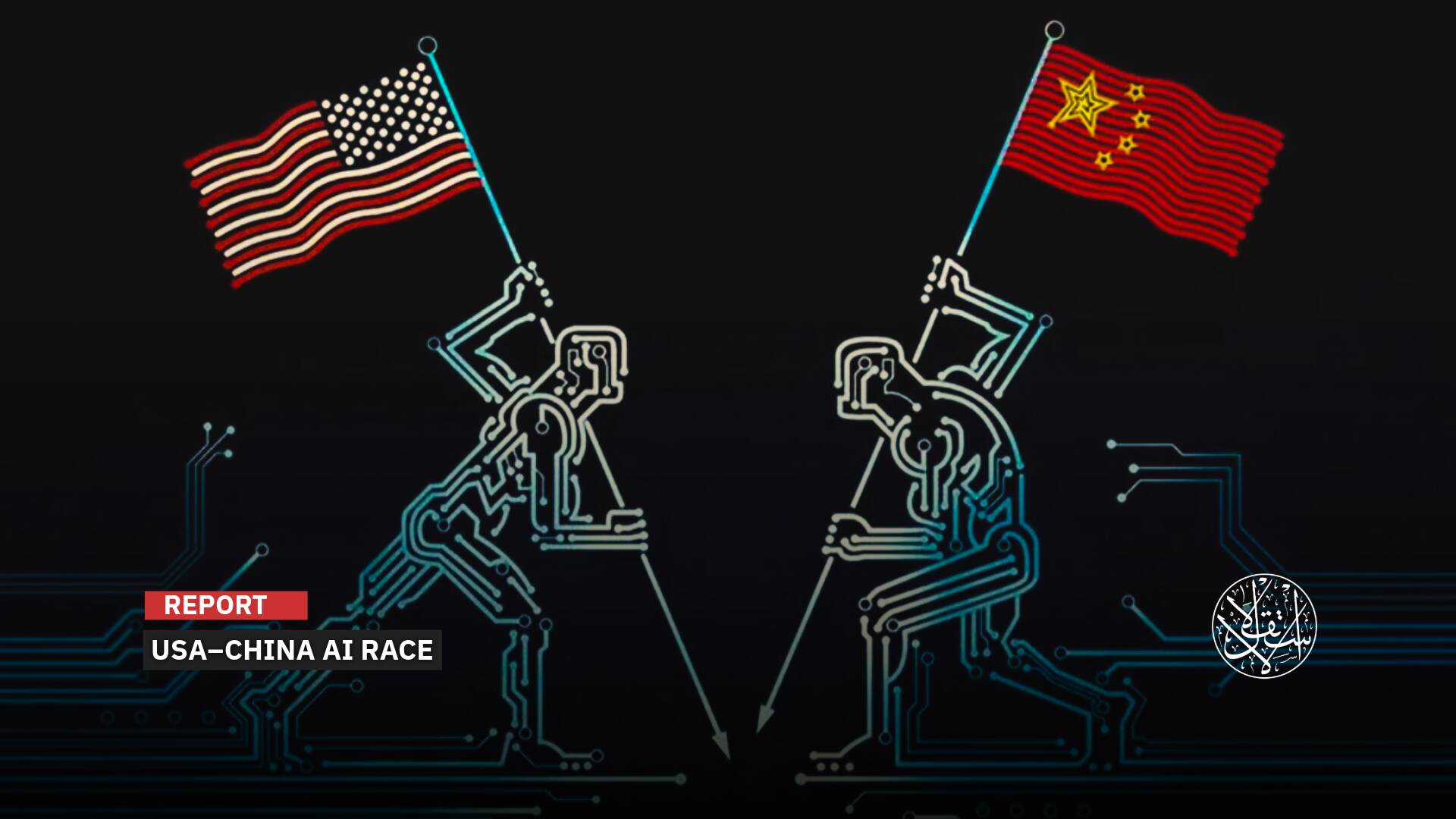With Assad's Regime Crumbling, Why Isn't Russia Taking Action?

Russia found the Assad regime unable to advance due to a tactical flaw it faced.
The Syrian opposition has successfully shifted the balance of power on the ground in its favor and at the expense of Bashar al-Assad's regime by regaining control over large parts of Aleppo and its countryside.
The advance of opposition factions has accelerated since November 27, 2024, under the military operation “Deterrence of Aggression,” leading to the near-total capture of Aleppo city from Assad's forces and militias by November 29.

The Absence of Russia
The following day, opposition factions tightened their grip on new towns and villages in Idlib's countryside, previously under Assad's control, paving the way for renewed advances toward Hama province.
The lack of Russian air support for Assad’s forces and militias was a key factor behind the rapid collapse of the regime’s defensive lines, forcing their retreat from over 60 kilometers beyond the first contact point in Idlib's countryside.
For the first time since the 2020 battles between opposition forces and Assad's militias in Aleppo and Idlib, Russian warplanes were notably absent from the skies and the borders of the “Operation Deterrence of Aggression.”
Through this operation, opposition factions established control over 108 villages, military positions, and critical sites in Aleppo and Idlib provinces, covering an estimated area of at least 850 square kilometers.
The collapse of Assad's forces and Iranian militias at this time in Aleppo and Idlib reflects the significant role of Russia’s military intervention, which began in late September 2015 to prevent the fall of Bashar al-Assad’s regime and led to the deaths of half a million Syrians.
Russia's military intervention in Syria marked a pivotal moment in tipping the balance of power in Assad's favor against the opposition.
This intervention prevented the fall of Assad’s regime, allowing him to regain control over vast areas previously held by the revolutionaries.
The “bloody Russian intervention” is widely regarded as a turning point in the Syrian revolution, which began in March 2011, altering both its political and military trajectory.
However, Russia’s involvement in Syria came at a cost to the Kremlin, which used this opportunity to establish a near-permanent occupation and military dominance over the country.
By 2017, Moscow secured long-term leases for the Khmeimim Air Base in Latakia and the naval base in Tartus, ensuring its presence on the Mediterranean coast for 49 years, extendable by another 25 years.
Amid the ongoing “Operation Deterrence of Aggression,” the Syrian battlefield has shown that without Russian intervention, Assad’s regime would have fallen to the revolutionaries early on.
Russian Foreign Minister Sergey Lavrov openly acknowledged this in a January 2017 press conference, stating that Damascus was just “two or three weeks away” from falling into the hands of what he called “terrorists,” if not for Russian intervention.
Observers attribute Russia’s absence in the recent battle to shifting international dynamics and new field conditions in Syria.
Previously, Assad’s forces and Iranian militias advanced under heavy Russian air cover, a decisive factor in their success. The Russian air force employed scorched-earth tactics and immense destructive force to secure territories.
In 2016, Russian airstrikes on Aleppo’s eastern neighborhoods during its siege by Assad’s regime and Iranian militias played a key role in forcing opposition forces out and displacing most residents by the year’s end.

‘Deliberate Absence’
In this context, Syrian security researcher at the Harmoon Center for Contemporary Studies, Nawar Shaaban, argues that Russia's lack of support for Assad’s forces is “deliberate.”
“In mid-September 2024, Russian aircraft carried out more than 50 airstrikes on opposition areas to demonstrate their military presence in Syria,” he told Al-Estiklal.
“That same Russian power is present today in Syria amid the opposition’s advance. Russian planes could have carried out airstrikes, at least to slow the progress of opposition factions on one front on November 27, 2024 [the day the operation was launched], but they did not.”
“The next day, as opposition forces closed in on Aleppo, Russia had the chance to strike but held back. This absence from the battle raises a critical question: What are Russia's true interests?” Shaaban added.
“Russia lacks a ground force presence in Syria to intervene directly, leaving this responsibility to Assad’s regime, Iranian militias, and Hezbollah.”
Hezbollah redirected its forces to al-Qusayr in Homs, near the Lebanese border, and to Damascus, leaving a vacuum that the Syrian opposition has exploited, according to the researcher.
Russia attempted to establish a buffer zone in southern Syria’s Daraa in 2018 but failed, allowing Iranian militias to fill the void after securing security agreements with opposition factions.
Similarly, Russia sought to broker agreements with the opposition in northern Homs, but Hezbollah obstructed these efforts. In 2019, despite Russia's initial reluctance, Iranian militias intervened in battles in Hama’s countryside and later entrenched themselves in southern Idlib, southern Aleppo, and Aleppo city.
“Iran’s militia presence in Syria is now a source of tension for both Russia and the international community. Removing these forces from the equation would be the optimal solution for all parties,” Shaban said.
The Syrian opposition capitalized on this situation by correctly analyzing the dynamics to execute a well-coordinated military operation.
According to Shaban, “Russia’s military expertise revealed Assad’s inability to advance due to tactical deficiencies and a lack of combat doctrine. Conducting airstrikes in support of Assad would now be costly.”
“Russia benefits on multiple levels from this conflict, particularly as such military actions are only possible with international coordination, whether through understanding or pressure,” he concluded.

The Intransigence of Assad
Through “Operation Deterrence of Aggression”, the opposition succeeded in recapturing towns and villages in the rural areas of Aleppo and Idlib that were previously included in the “de-escalation zone” and later adjusted between Russia and Turkiye.
Violations by Assad's forces and Iranian militias led to the latter's control over vast areas of this region from the opposition until 2020.
In mid-September 2017, the guarantor countries for the ceasefire in Syria—Turkiye, Russia, and Iran—reached an agreement in Astana to establish a de-escalation zone in Idlib.
Idlib and its surroundings were included in this de-escalation zone, along with parts of the Aleppo, Hama, and Latakia provinces, which were under Syrian opposition control.
These agreements outlined the boundaries of control after battles in which the regime forces took over areas in the Idlib countryside, including Ma’arat al-Nu’man, Khan Shaykhun, and Saraqib, in late 2019 and early 2020.
In 2020, Turkiye and Russia signed an agreement to “reduce escalation,” halting military operations in the region, coinciding with the deployment of Turkish military observation posts to monitor the agreement.
However, the current situation sees the opposition regaining control over Ma’arat al-Nu’man, Khan Shaykhun, and Saraqib in Idlib's countryside, as well as towns and villages in Aleppo's countryside, as part of “Operation Deterrence of Aggression.” Still, opposition factions launched a new military campaign in the Hama countryside, seizing several villages.
Military analyst and expert Ismail Ayoub said “the current battle in Syria is at the borders of the de-escalation zone agreed upon in Astana between Russia and Turkiye.”
“The United States, as a key international actor in the Syrian file, insists that Turkiye and opposition forces return to the borders of the de-escalation zone in northern Hama and the entirety of Idlib province,” he told Al-Estiklal.
“This military operation comes in response to Bashar Assad's refusal to reach a peaceful agreement with Turkiye on many issues concerning Syria; his intransigence today is forcing him to return to the Astana agreements and pull his forces from these areas.”
“This signals the rapid collapse of the Syrian regime's military forces and the swift advance of opposition factions,” Ayoub added.
“The new developments in Aleppo city, its countryside, Idlib, and Hama offer insight into one of the reasons behind Russia's absence from the battle.”
The Turkish Ministry of Foreign Affairs commented on the military developments in Syria, holding the regime responsible for the escalation, without directly addressing the actions of opposition factions in Aleppo.
On November 29, 2024, it said the recent attacks by the regime on northern Syria have reached a level that could undermine the spirit and effectiveness of the Astana agreements and result in heavy civilian casualties.
Turkish Foreign Ministry spokesperson Oncu Keceli emphasized that the heavy bombing of northwestern Syria had caused an unwarranted escalation in the region.
“Maintaining calm in Idlib and its surrounding areas is a top priority for Turkiye,” said Keceli.
On November 27, the military operations command of “Operation Deterrence of Aggression” issued a statement on Telegram, stating that the battle's goal was to prevent attacks by Assad's forces and Iranian militias on liberated northern Syria.
The statement also emphasized the importance of paving the way for the return of displaced people to their homes and lands in the areas that had been recaptured, contributing to alleviating the humanitarian suffering in northwestern Syria.
Sources
- Anti-Syrian regime factions control dozens of villages in Idlib [Arabic]
- Syrian opposition controls most neighborhoods of Aleppo [Arabic]
- Counterattack vowed: The regime admits its inability to stop the opposition's advance and inflicts heavy losses [Arabic]
- Turkiye: We are carefully monitoring the increase in terrorist attacks in Tal Rifaat and Manbij [Arabic]


